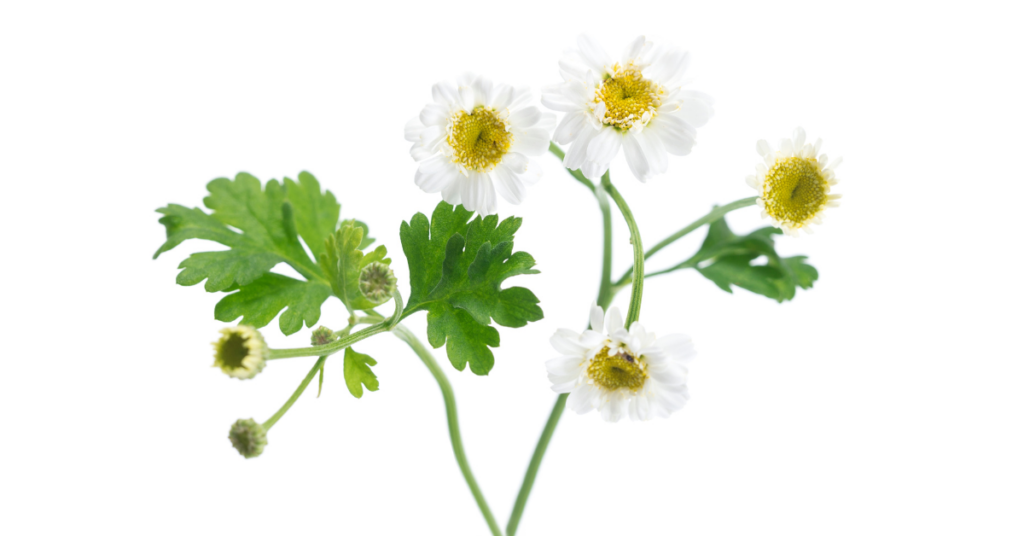Chamomilla – Homeopathic Remedy
Chamomilla (Matricaria chamomilla)
In the well-known Beatrix Potter children’s tale, Peter Rabbit, the bunny’s doting mother brings the naughty little scamp a nice, soothing cup of chamomile tea to help him recover from a long and rather tiring day’s mischief making.
Chamomile has been used for centuries as a natural sedative, helping to relieve restlessness and induce sleep. However, despite its mild, soothing nature, overuse of the herb, especially common in tea form, can lead to the opposite effects of sleeplessness and irritability. The herb was also strewn on the floors of medieval homes to disguise any bad smells, due to the pleasant aroma emanating from it when walked upon.
Other names: German chamomile.
Description and the places it grows in
Daisy-like flowers atop creeping, trailing stems, native to the British Isles and other northern European countries.
Parts used
Flowers and leaves.
Uses
Homeopaths may prescribe this remedy for:
Children’s problems such as teething, colicky pains and disturbed sleep displaying the following symptoms: Restlessness, crying if put down (in the case of teething).
Toothache displaying the following symptoms: Made worse by heat, relieved by cold; one cheek is red, the other white.
Earache / blocked ear.
Period pains displaying the following symptoms: Heavy periods.
Discomfort when breast-feeding displaying the following symptoms: Soreness, inflammation.
People requiring this remedy will feel worse: At night (around 9pm); lying in bed, teething, drinking coffee, being touched, when angry, with the slightest pain, in the open air, exposed to cold winds.
People requiring this remedy will feel better: After fasting; in warm and wet weather; being carried.
People suitable for chamomilla are loud sleepers, talking or shouting in their dreams. They dislike being woken, becoming agitated when disturbed.
The information given on this site about homeopathic remedies is just a general overview. Classical homeopathy takes all the patient’s symptoms into account and prescribes upon the “Totality of Symptoms”, thus finding the precise remedy that matches the patient’s symptoms perfectly.
Here, at The CMA we recommend that anyone interested in learning more about homeopathy and the fascinating remedies that homeopaths use should take an introduction course to homeopathy, which will help you to understand how to become a good home first-aid prescriber. This is ideal for ‘acute symptoms’. However, if you want to learn more – with a view even to becoming a professional homeopath, who is educated highly enough to be able to treat chronic conditions, you’ll need to be prepared to spend many years learning this vast and fascinating topic – along with anatomy, physiology and pathology, history of medicine, homeopathic philosophy, and much more. You’ll find both kinds of courses here on this site – head to our section on Find a CMA Member and search under CMA Registered Training Schools.

